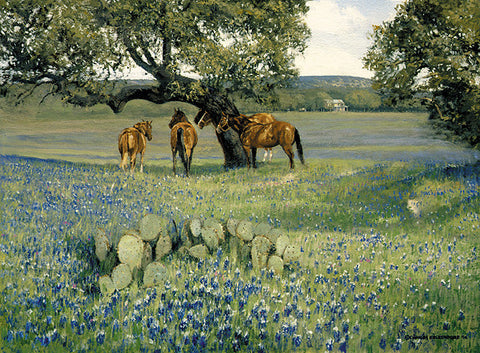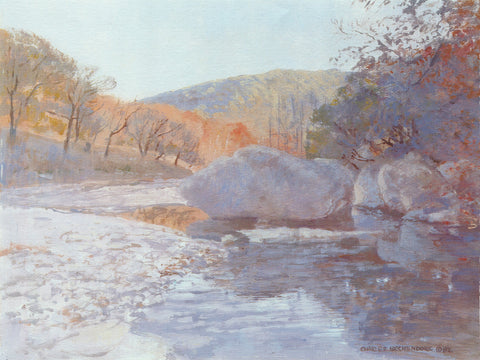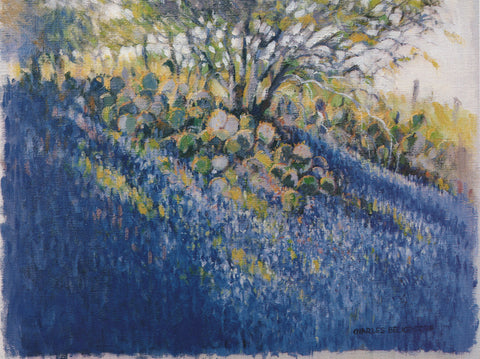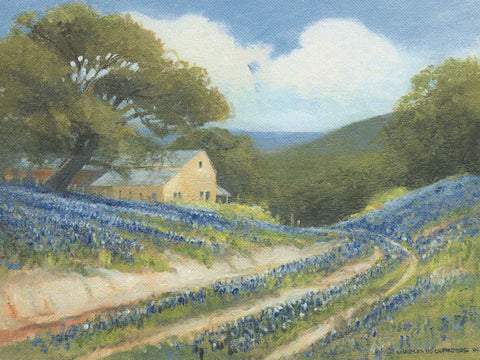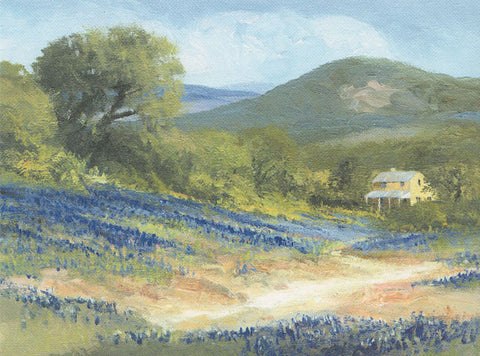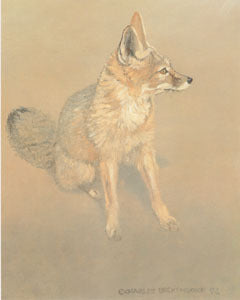
V-31 Desert Fox (sitting)
Color Reproduction | By Charles Beckendorf
Additional Information
The Desert Fox is similar in size to the swift fox, but with much larger ears. They inhabit the desert area of the Trans-Pecos.
Both the desert fox and the swift fox are called kit fox, and some biologists believe one is only a subspecies of the other.
The desert fox is lighter in color than the swift and does not have the black spot at the base of the tail.
This image is from the Charles Beckendorf Texas Wildlife book. The original was an acrylic painting on canvas (1992) and the size is approximately 7.5 x 9.5 inches. The total edition size of this print is 500.
This is a part of the Texas Wildlife Art Prints Collection.
Color Reproduction
The Desert Fox is similar in size to the swift fox, but with much larger ears. They inhabit the desert area of the Trans-Pecos.
Both the desert fox and the swift fox are called kit fox, and some biologists believe one is only a subspecies of the other.
The desert fox is lighter in color than the swift and does not have the black spot at the base of the tail.
This image is from the Charles Beckendorf Texas Wildlife book. The original was an acrylic painting on canvas (1992) and the size is approximately 7.5 x 9.5 inches. The total edition size of this print is 500.
This is a part of the Texas Wildlife Art Prints Collection.
Beckendorf color reproductions are developed using four color process printing on fine white paper. This advanced technique utilizes separate color plates for each of the primary colors, plus black. High-resolution digital scans and special process inks are utilized to yield beautiful, accurate reproductions.
About the Artist - Charles Beckendorf
Charles grew up in Mathis, Texas, where he had the opportunity to spend hours on large ranches. Generous land owners gave him permission to wander freely over their ranches and he observed creatures in their natural surroundings. He developed a lifelong love of nature, whether it be in the tiniest of flowers or the largest of animals. It was at this time that he became a true naturalist.
We Also Recommend
REVIEWS

